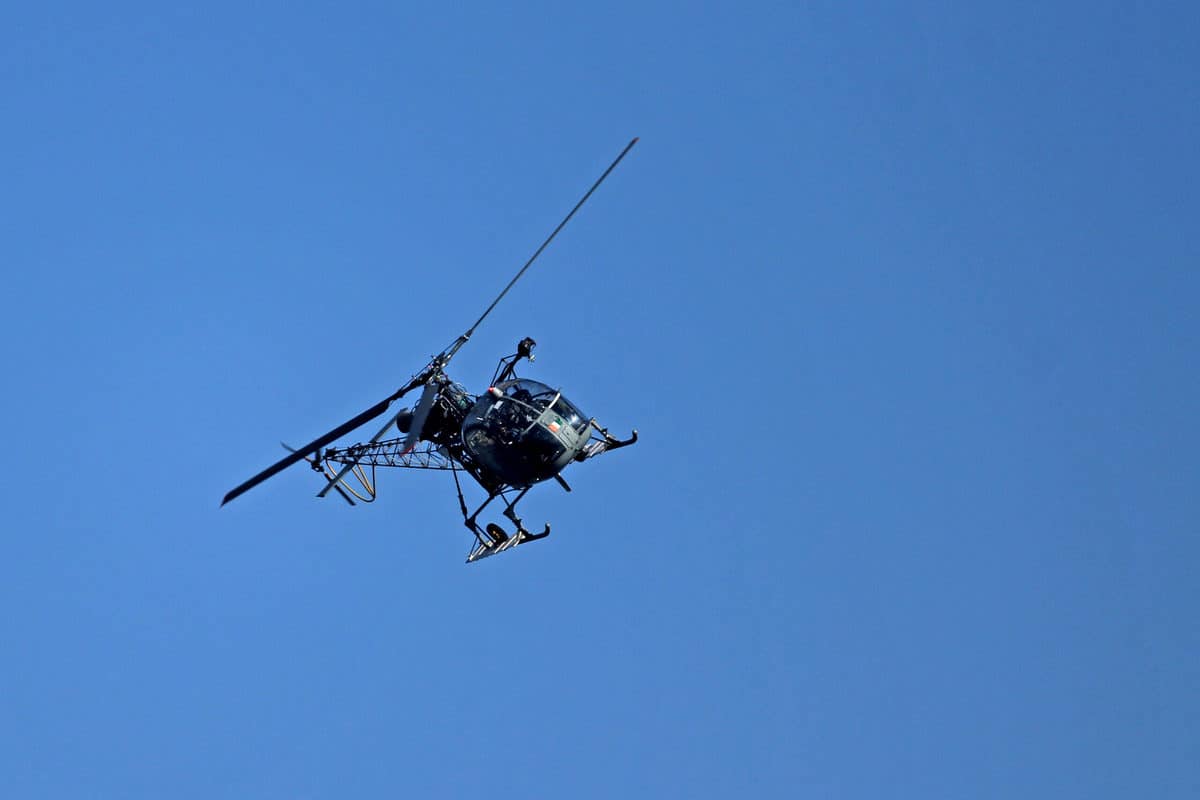
The Indian Army Wives Agitation Group (AWAG) has written a strong letter to Prime Minister Narendra Modi expressing anguish over using outdated Cheetah and Chetak Light Utility Helicopters (LUH), which has claimed many lives – both experienced and young officers.
In a report by The Wire, the letter addresses the disadvantages of using such old machines leading to many deaths. In a recent incident, an experienced pilot Lt Col. Subhash Yadav from the Indian Army lost his life as his Cheetah helicopter crashed in Tawang on October 5. His co-pilot sustained injuries and is currently being treated at the Army hospital.
“Do the armed forces officers and their families not have the right to live in an India that provides safe flying machines to its (military) pilots to safeguard the nation?” questioned the letter.
The letter claimed that 31 military pilots have died, not by fighting the enemy, but in accidents involving both helicopters since 2017, “for no fault of theirs”.
The Cheetah and Cheetah Light Utility helicopters (LUH) are famously nicknamed “flying coffins”. The letter asked the PM if he can safeguard the soldiers by not using machines which are decades old.
“Can the PM possibly safeguard the nation’s soldiers by making them operate these two six-decade-old helicopter types that first joined service in the early 1960s and had now become “flying coffins“, but still comprised the rotary-wing ‘backbone’ of the three services,” the letter said.
AWAG’s founder Meenal Wagh Bhosale was quoted by The Wire, where she stated that it was the first time that such a step has been taken by wives of Indian army officers who are demanding safety for their loved ones.
Bhosale is a lawyer by profession based in Nashik. This is not the first time she has questioned the induction of Cheetah helicopters. In 2014, she filed a petition questioning the continuous use of Cheetahs and Chetaks employed on disaster management missions and Siachen.
“Seventy-five years of independence and India still continues to use helicopters that are around 60 years old, thus, in turn, sacrificing its precious soldiers,” said Bhosale.
Bhosale said that in 2015 when the late Manohar Parrikar was the Union Defence Minister, the group had met the politician and expressed their concern over the number of deaths via Cheetah and Chetak helicopters.
“We had appealed for the removal of these helicopters from the Indian Defence. We told Parrikar that 191 of these helicopters had crashed, many of them in the Himalayas, killing 294 pilots over three previous decades,” Bhosale said.
Bhosale said that the late politician heard them patiently and even assured them that steps will be taken. In fact, AWAG also expressed their concern to a former army chief who promised the same. Unfortunately, nothing happened.
History of Cheetak helicopters
According to The Wire, the Indian Air Force (IAF) and the Army Aviation Corps (AAC) use the Chetak and Cheetah helicopters in missions such as transporting men and material, casualty evacuation, search and rescue operations, aerial survey and patrolling, and off-shore and under-slung military operations. The IAF and AAC use around 60 to 120 of them currently.
Nearly, 187 Chetaks and 200 Cheetahs are being used by the three defence services. Hindustan Aeronautics Limited (HAL) have built the engines of these machines since 1962 and 1977 respectively.
In 1986, AAC was formed. Many Chetaks were transferred to the AAC and were mostly seen along the Pakistani and Chinese borders.
There was an operational rivalry between the IAF and AAC. The continued use of Chetaks for casualty evacuation and for general duties by the IAF irked the AAC.
However, news of both Cheetah and Chetak helicopters crashing reached the prime-time headlines. In order to damage control the situation, Hindustan Aeronautics Limited introduced Cheetal LUH with a more powerful engine. But this too proved unsuccessful. Currently, the Cheetal programme is presently under a standstill.
Soon after, under the Make in India initiative by the Union Government, the Ministry of Defence (MoD) wanted Cheetah and Chetak helicopters to be built under the welfare scheme.
But the IAF realized that the suitable components in the helicopters could be detrimental to its operation. It informed the MoD regarding its concern. However, nothing has been done far.
